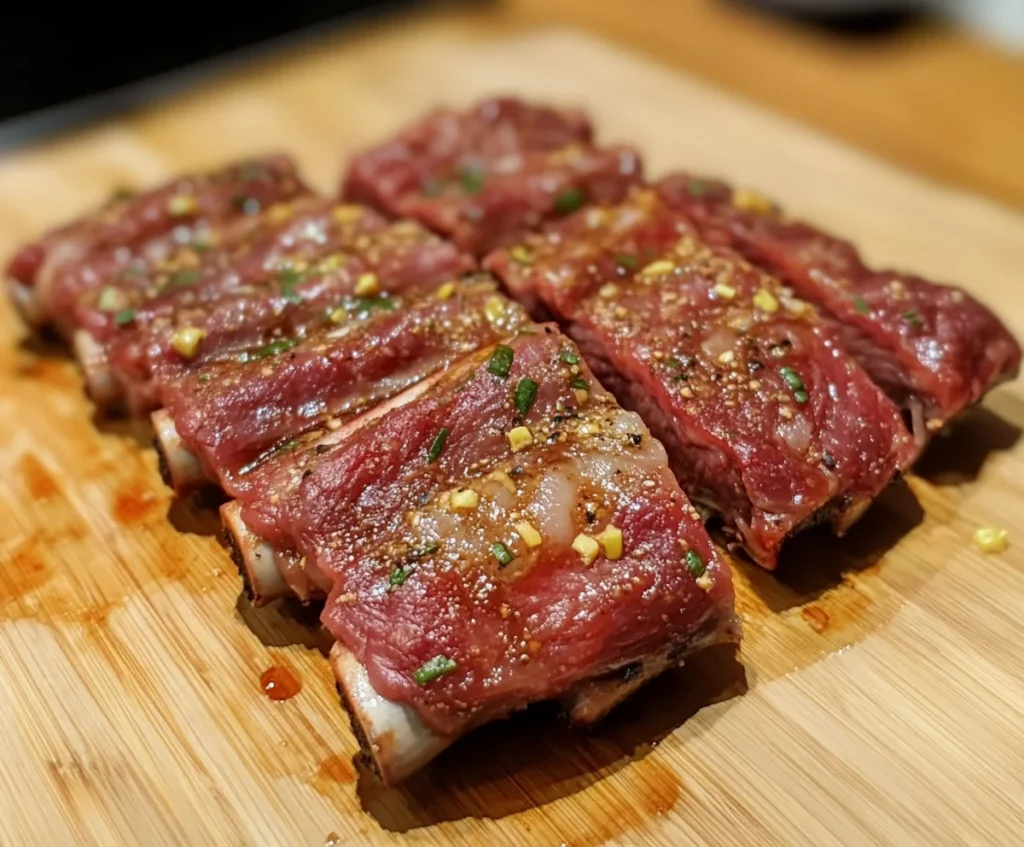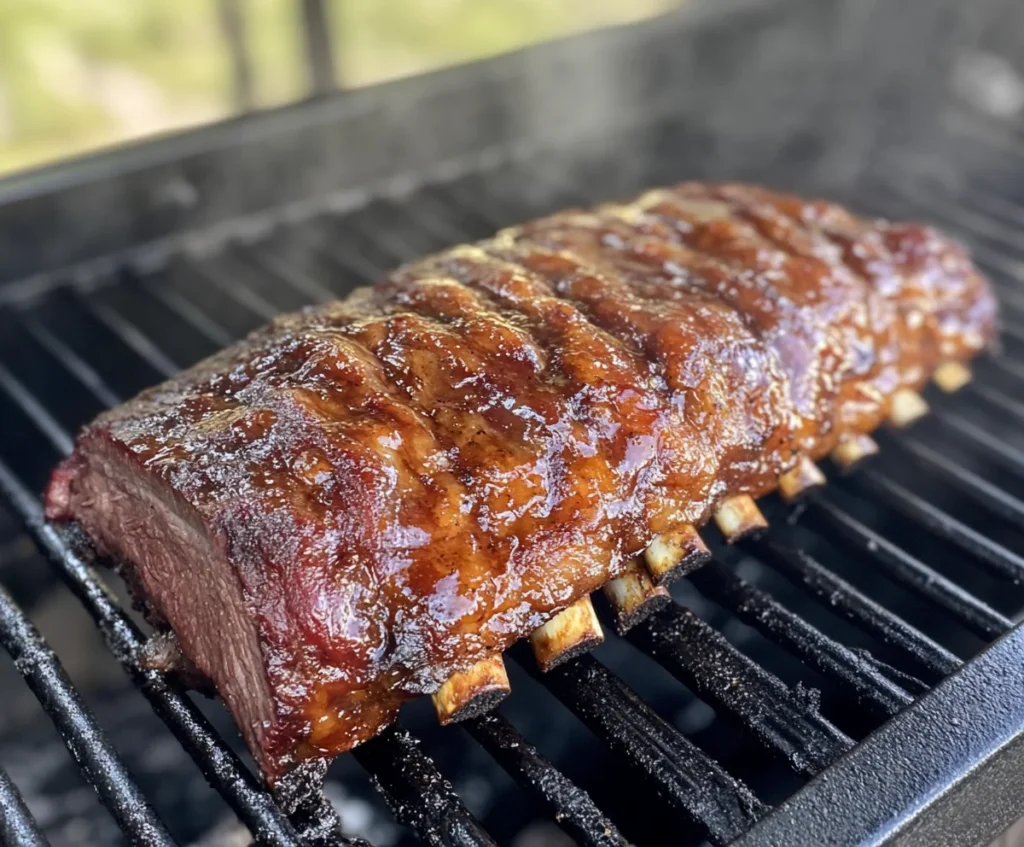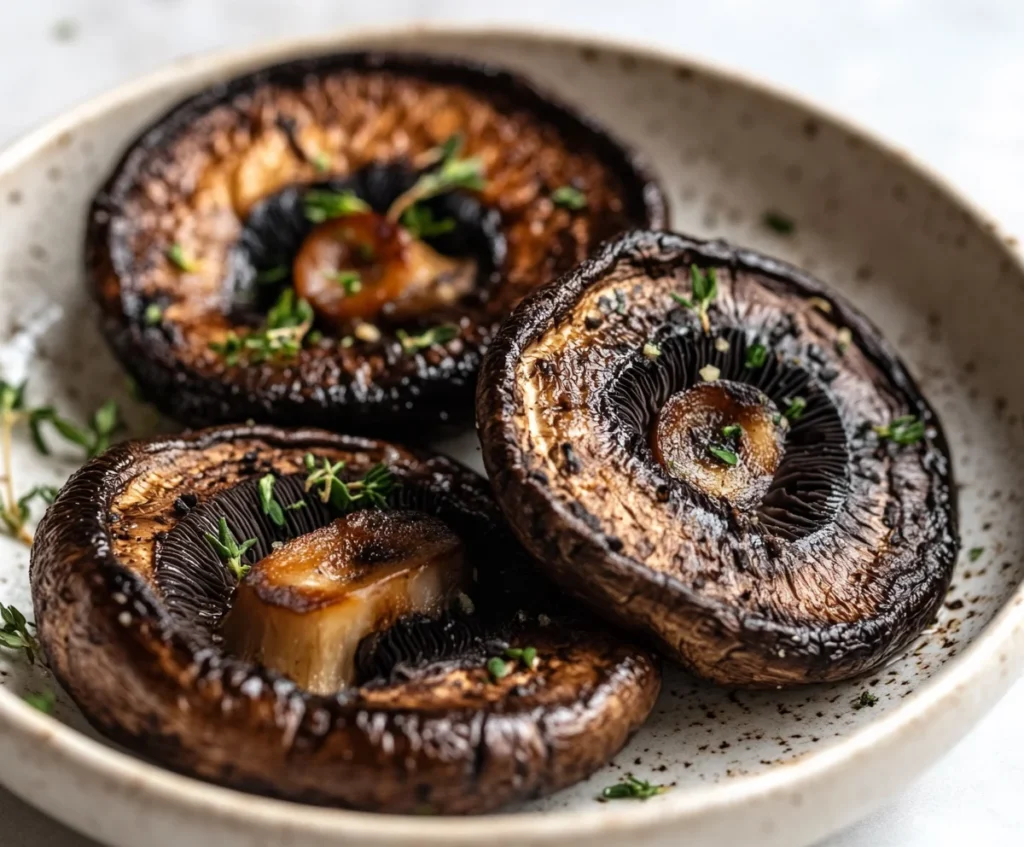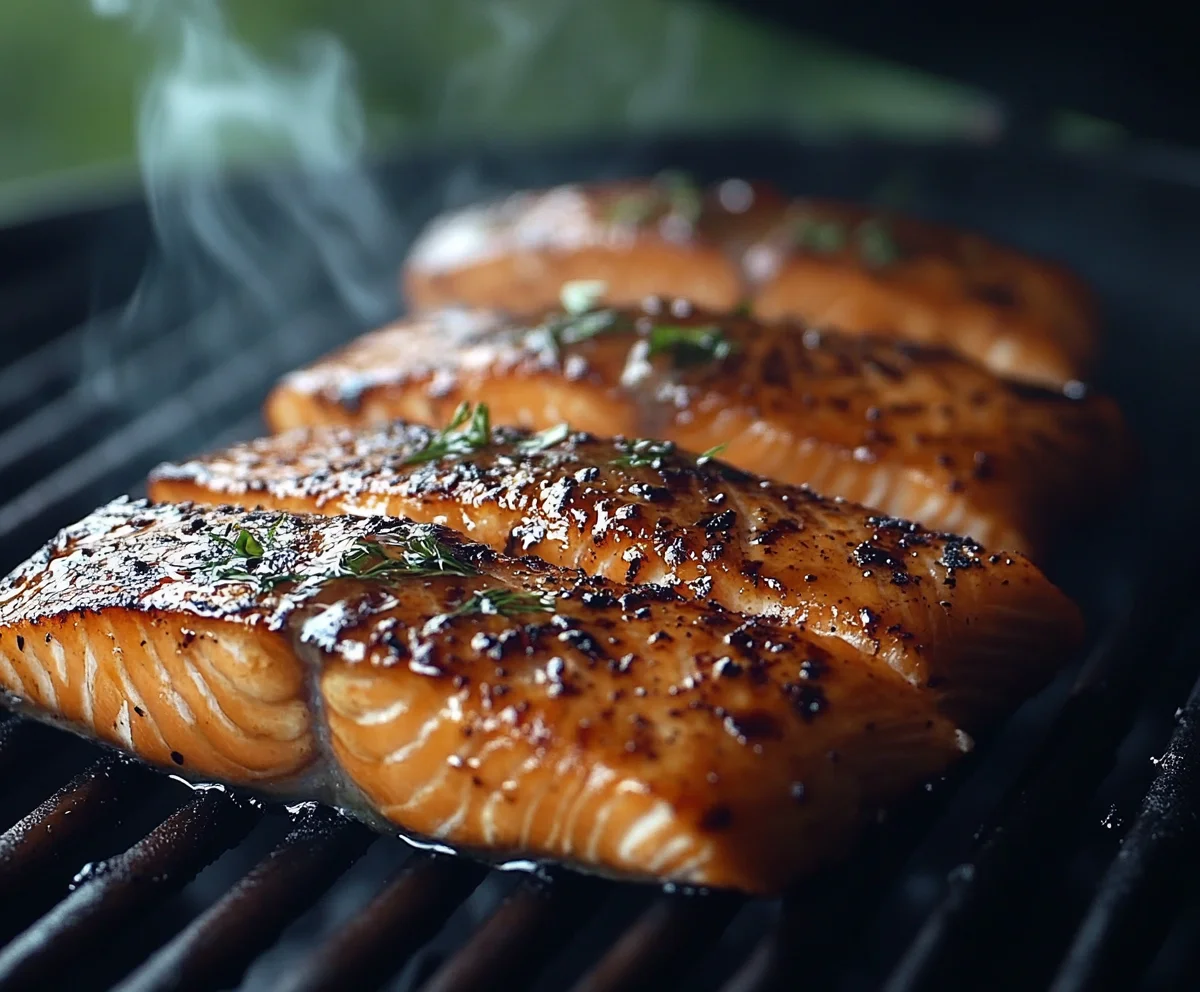Smoker recipes aren’t just about cooking—they’re about tradition, creativity, and a deep dive into bold, unforgettable flavors. Smoking food infuses it with rich, deep tastes that no other cooking method can replicate. Whether you’re mastering brisket, ribs, chicken, or even vegetables, learning how to smoke like a pro brings a whole new level of satisfaction to your meals.
In this comprehensive guide, you’ll learn everything you need to know about smoker recipes—from the basics of smoking meat to the best tools, techniques, and recipes for every skill level.
What is Smoking Meat?
Smoking is a slow cooking method that uses low heat and wood smoke to cook and flavor food. It dates back centuries and has evolved from a preservation technique into a popular cooking style that enhances everything from meat to vegetables and even cheese.
There are two main types of smoking:
- Hot Smoking: Cooks and flavors the food at the same time using temperatures between 200°F and 250°F.
- Cold Smoking: Adds smoky flavor without cooking, typically done below 100°F and used for items like cured salmon or cheeses.
Benefits of Smoking Food
Why do so many people turn to smoker recipes?
- Flavor: The rich, smoky taste is hard to beat.
- Tenderness: Low and slow breaks down tough cuts into melt-in-your-mouth perfection.
- Versatility is key—you can smoke just about anything, from meats and seafood to veggies and even tofu.
- Preservation: Especially in cold smoking, food can be preserved longer thanks to the dehydration and antimicrobial properties of smoke.
Types of Smokers and Their Features
1. Charcoal Smokers
Charcoal smokers are a favorite among traditionalists. They deliver rich, authentic flavor, but they do take some know-how to keep the temperature and airflow just right.
- Pros: Bold flavor, budget-friendly
- Cons: Requires experience, more manual control
2. Electric Smokers
Perfect for beginners, electric smokers maintain consistent temperatures and require less babysitting.
- Pros: Easy to use, precise temperature control
- Cons: Less smoke flavor than wood or charcoal
3. Pellet Smokers
These use wood pellets and digital controls for automated, flavorful cooking.
- Pros: Great flavor, easy temperature management
- Cons: Pricier, needs electricity
Essential Ingredients for Smoker Recipes
1. Wood Selection
Each wood type offers unique flavor profiles. Use these to match your protein:
- Hickory: Bold, great for ribs and pork
- Mesquite: Strong, earthy, ideal for beef
- Apple: Mild and sweet, great with poultry and pork
- Cherry: Subtle and fruity, great for fish and chicken
2. Rubs and Marinades
Dry rubs enhance the bark (crust) on the meat, while marinades tenderize and infuse flavor.
Basic Rub:
- Brown sugar
- Paprika
- Garlic powder
- Onion powder
- Salt and black pepper
Classic Marinade Base:
- Olive oil
- Soy sauce or vinegar
- Lemon juice
- Herbs and spices
3. Sauces
The finishing touch! Use BBQ sauces or mustard-based sauces to complement the smoky profile.
Classic Smoker Recipes You Must Try
Smoked Ribs (Baby Back or St. Louis Style)

Steps:
- Remove membrane, apply rub
- Smoke at 225°F for 3 hours
- Wrap the meat in foil with a splash of apple juice, then let it smoke for another 2 hours to lock in moisture and deepen the flavor.
- Unwrap, glaze with BBQ sauce, smoke another hour
- Rest 15 mins and slice
Smoked Brisket

Steps:
- Trim fat, apply salt, pepper, paprika rub
- Smoke at 225°F for 6 hours
- Wrap in butcher paper at 160°F internal
- Continue smoking until 200°F internal
- Rest 30–60 mins before slicing
Smoked Whole Chicken
Steps:
- Coat with olive oil and seasoning
- Smoke at 250°F for 3–4 hours
- Crisp skin by raising temperature to 375°F in the last 15 mins
- Let rest before carving
Smoker Recipes for Vegetarians
Smoked Portobello Mushrooms

- Brush with olive oil and balsamic vinegar
- Season with garlic powder, salt, pepper
- Smoke at 225°F for 1–1.5 hours
Smoked Cauliflower Steaks
- Slice thick steaks from a head of cauliflower
- Season with olive oil, paprika, salt
- Smoke at 225°F for 1.5–2 hours, flipping halfway
Tips to Perfect Your Smoker Recipes
Temperature Management
- Use a dual-probe thermometer so you can keep an eye on both the smoker’s temp and the meat’s internal temperature without lifting the lid.
- Keep it between 225°F and 250°F for most meats.
- Use a water pan to stabilize internal temperature and add moisture.
Let the Meat Rest
- Resting after cooking redistributes juices for moist, flavorful meat.
- Cover loosely with foil and let larger cuts rest 30–60 minutes.
Avoid These Mistakes
- Using too much heat – Dries out meat
- Over-seasoning – Overpowers natural smoky flavor
- Lifting the lid too much? That’s a common mistake—it lets out heat and smoke, which can mess with the cooking and flavor.
Smoker Recipes That Cook in Under 3 Hours
Perfect for weeknights or last-minute gatherings:
- Ribs (3-2-1 method)
- Whole Chicken
- Portobello Mushrooms
- Cauliflower Steaks
- Salmon or Trout (smokes in 1.5–2 hours)
FAQ About Smoker Recipes
Q: Do I need to soak wood chips before smoking?
It’s optional. Soaking can slow the burn, but most modern smokers work fine with dry chips.
Q: What should I smoke as a beginner?
Start with chicken or ribs. They’re forgiving and cook relatively quickly.
Q: How do I get more smoke flavor into my meat?
Use stronger woods (like mesquite or hickory), smoke for longer, and avoid wrapping meat too early.
Q: Can you smoke vegetables?
Absolutely. Vegetables like sweet potatoes, mushrooms, and cauliflower absorb smoky flavors beautifully.
Conclusion
Smoker recipes offer more than just a meal—they create an experience. Whether you’re cooking meat, poultry, fish, or vegetables, the depth of flavor and tender results are unmatched. From mastering ribs and brisket to experimenting with vegetarian options, the smoker is a tool that unlocks new dimensions in your cooking.
With this guide, you now have the knowledge to explore smoker recipes confidently. So grab your smoker, choose your favorite wood, and get started. Every cook is a chance to refine your skills and enjoy amazing, smoky flavor.

